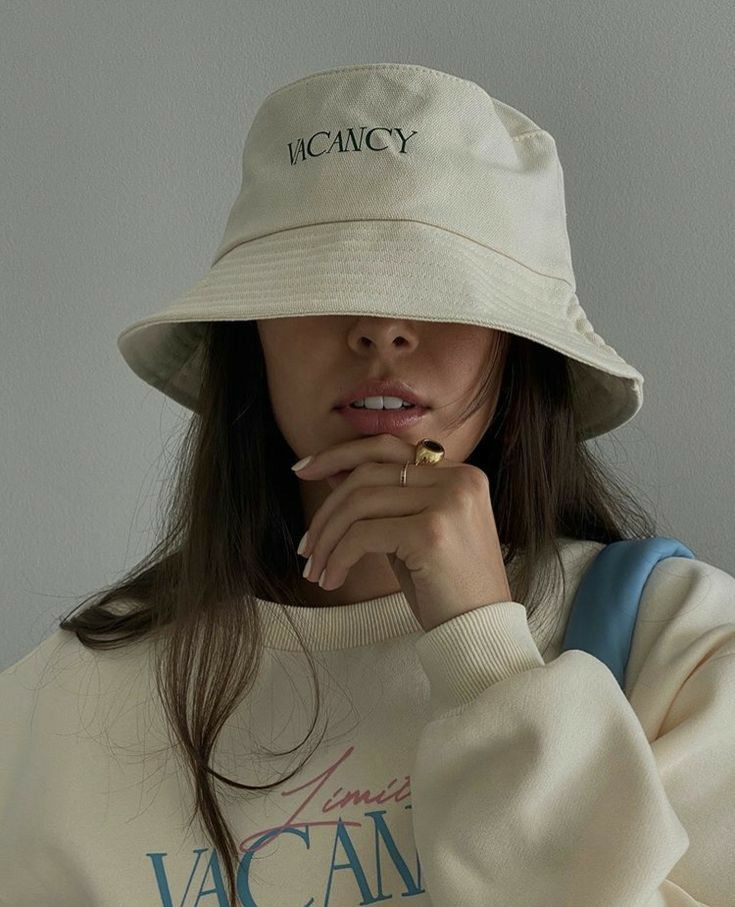The fashionable accessory which people use as a bucket hat embodies multiple meaningful cultural developments throughout history. The unique hat design can be spotted on people in streets and fashion publications as well as on fashionable celebrities in different aspects of society. Bucket hats follow an interesting legacy which traverses both practical demands and fashion declarations. The story of this historic headwear awaits your exploration along with its current appeal that we will explore together.
The History of Bucket Hats
The first versions of bucket hats emerged during the beginning of the 1900s. The design was made first for fishermen and farmers as a utility tool. The item was made from tough cotton along with tweed material to defend users from both rain and sun exposure.
Throughout the 1960s the simple accessory evolved into an item that gained fashion world interest. The relaxed nature of the hat became popular among countercultural followers during the time period. A short time later celebrities made the bucket hat famous which brought it into public awareness.
During the 1980s and the following decade hip-hop musicians redefined the bucket hat to symbolize urban fashion. Urban culture further defined the bucket hat when LL Cool J made it famous by adopting the style.
Bucket hats entered the world of high fashion as designers adopted them into their designs during successive time periods. Functionality in headwear developed into a lifestyle representation that multiple social groups adopted through personal expression.
The Evolution of Bucket Hats in Pop Culture
Trash cans first entered the pop culture scene after their initial creation. After gaining popularity with fishermen and farmers, bucket hats entered the fashion industry.
During the 1980s the fashion trend skyrocketed when hip-hop artists began using this style. People during this period welcomed eye-catching colorful designs which symbolized self-expression. Urban culture became permanently associated with the hat thanks to popular musician LL Cool J.
Streetwear declared bucket hats essential parts of its collection during the 1990s. The hat appeared with music video artists and magazine covers making it the preferred stylish accessory.
Celebrities frequently use the bucket hat both in red carpet events and on social networking sites today. Brands unite with designers to develop distinct versions of this timeless item.
Bucket hats have maintained their popularity through time because they continue to personify urban style without losing their appeal to different age groups.
The Versatility of Bucket Hats
The adaptability of bucket hats stands out among all of their features. These hats match all clothing styles which makes them essential items for every wardrobe collection. This accessory operates effectively in any clothing ensemble whether you wear casual attire or want an elegant look.
Their practicality is equally noteworthy. People use this protective headwear during almost any outdoor activity beginning with beach activities or hiking trips. These hats allow freedom to use them both during leisure time around pools as well as during urban exploration outings.
The bucket hat variation extends into a limitless number of materials alongside diverse designs. You can find a hat made from cotton or leather or denim to match your present mood among many other options. People can express individuality through classic solid designs or bold printed patterns in their bucket hats.
Fashion influencers have adopted this accessory for their fashion showcase. Social media presents various interesting fashion approaches to wear these hats which makes them suitable for everyday use.
Bucket hats represent both style options for everyone who enjoys comfort along with distinct character. Their allure lies not just in fashion but also functionality.
How Different Cultures Have Embraced the Bucket Hat
Bucket hats have spread across different cultures worldwide yet each society applied its distinct style principles to the hat. In Jamaica people commonly link these hats to reggae music together with the peaceful island way of living. Colorful prints and bold designs on bucket hats represent Jamaican culture through its energetic spirit.
South Korean youth culture has embraced the bucket hat to become one of their dominant fashion trends. South Korean artists adopt these accessories as they represent the modern street fashion that they proudly wear in public appearances and throughout their performances.
Here in Australia people use this pragmatic headgear during their fishing trips as well as when they explore outdoor territories. The headgear provides sun defense while giving off an edge between stylish fashion and rugged vibe.
Different African cultures incorporate this accessory due to its patterns which demonstrate historical stories about heritage. A single design showcases cultural pride through its symbolic meaning which delivers both a strong global impact along with local representation.
Sustainable and Ethical Options for Bucket Hats
The sustainable transformation of the fashion world does not exclude bucket hats. Brands generate fashionable green-friendly options specifically for people who care about planet-friendly products.
Popular accessories use a growing quantity of recycled materials combined with organic fabrics during their production. Such an evolution permits people to design their look while backing sustainable initiatives.
Companies have gone beyond basic fair trade with the implementation of policies that connect artists from various parts of the world. Various responsible programs protect both human welfare and environmental wellbeing with your clothing decisions.
Suspension of wrongdoing accompanies your selection of sustainable bucket hats. Using responsible materials in your bucket hat purchase gives your beachwear or townwear outfits an added meaningful dimension.
By adopting sustainable options people avoid style compromises because they can make aware choices that mirror their values alongside personal design preferences. Traditional clothing items such as the bucket hat transform into indicators of cultural importance and environmental consciousness as our society progresses.
















